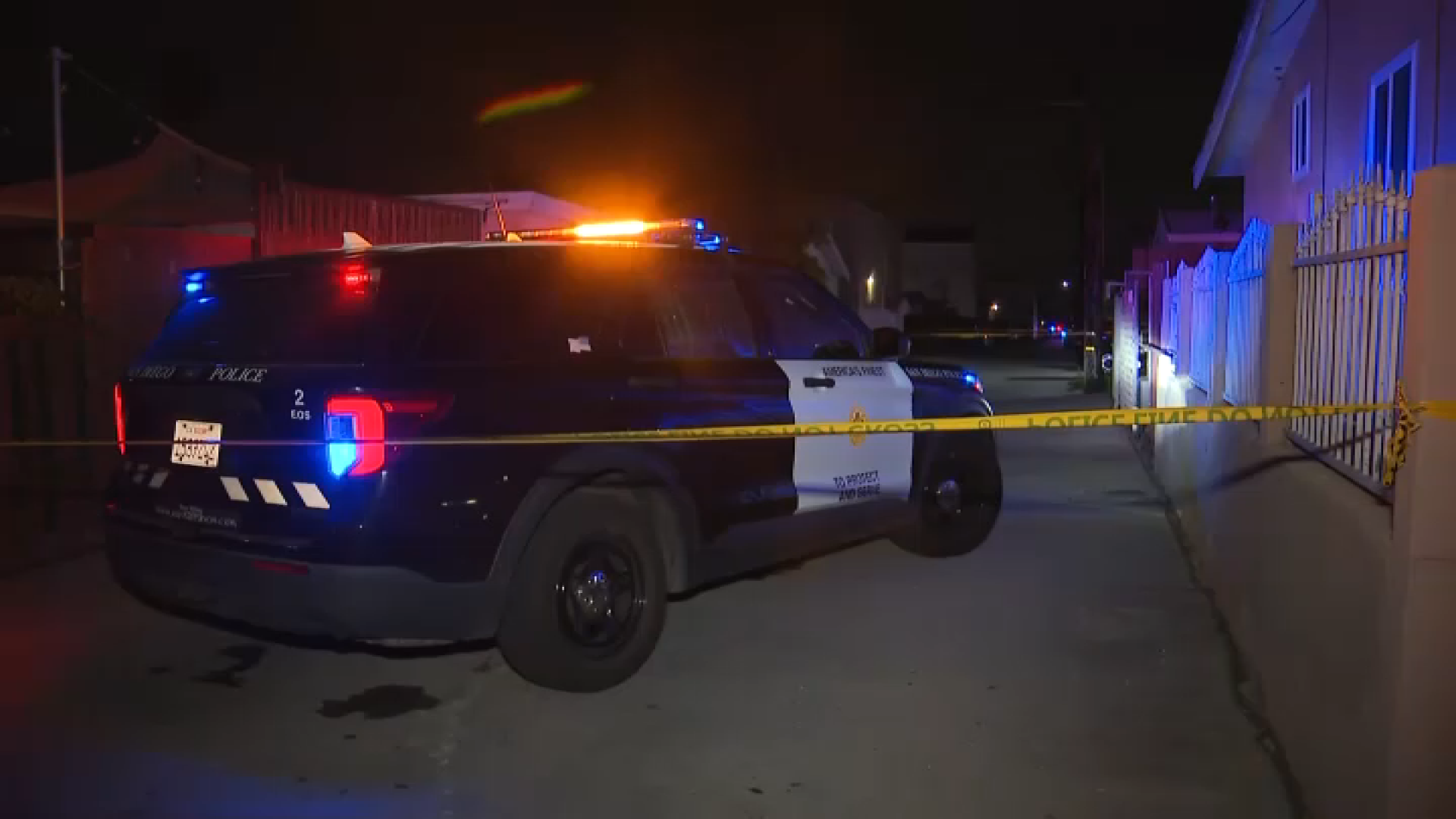Local leaders gathered Friday to discuss the projects to be funded from revenue tied to Senate Bill 1, which increased state fuel taxes and vehicle registration fees.
SB1 is projected to generate $5.2 billion annually. On Thursday, the California Transportation Commission approved more than $300 million to be spent on projects in San Diego.
"San Diegans are happy people until we cannot drive on the roads or we cannot ride our bicycles without fear of injury,” Senate President Pro Tem Toni Atkins said.
Approved last year, SB 1 increased taxes on regular and diesel fuel by 12-cents and 20-cents, respectively, and increased vehicle registration fees $25 to $175.
Local leaders submit proposals to use the funds generated by the taxes and Friday, they gathered to explain which projects were approved.
“We need that money and we need much more,” said City Councilmember Georgette Gomez, District 9.
Gomez said the city of San Diego will spend almost $10 million to preserve 120 miles of city streets and roads. In 2019, the city estimates it will receive an additional $25 million from SB1.
Local
Encinitas leaders plan to use the funds to continue improvements across the San Elijo Lagoon.
The Port of San Diego will receive $6 million which will be spent on improvements at the cargo terminals to increase cargo capacity and lower greenhouse gas emissions.
Caltrans will improve pavement on Interstate 805 from National City to San Ysidro.
There will also be more reflective freeway lane striping on Interstate 5 from the U.S.-Mexico Border to Orange County and on Interstate 15 from San Diego to Riverside County.
Across the state, funds from Senate Bill 1 will fix more than 17,000 miles of pavement, 500 bridges and 7,700 traffic operating systems like highway message boards and traffic cameras, Caltrans officials said.
State Rep. Todd Gloria said he's most excited about a proposed third border crossing area called Otay Mesa II.
“For all of us who have sat in hours-long waits at the border this will help substantially,” Gloria said, adding the improvement will not only add convenience but also improve movement of goods.
SANDAG has previously announced millions will be spent from the recently approved tax to improve rail and transit services.
Critics have submitted signatures to add a repeal initiative to the November ballot. The group organizing the repeal effort said California uses just 20 percent of existing gas tax revenue toward road projects.



